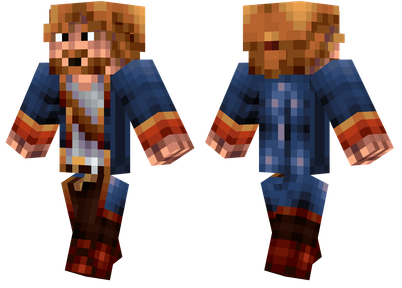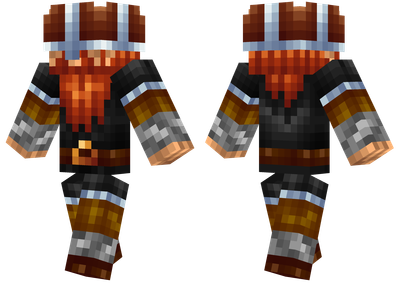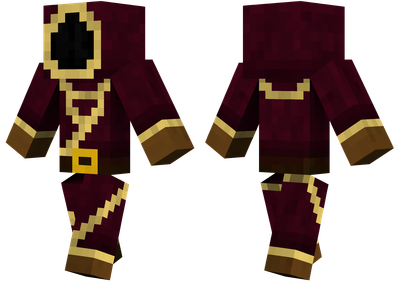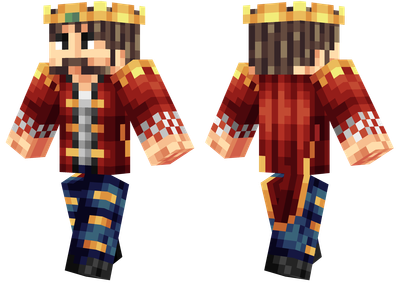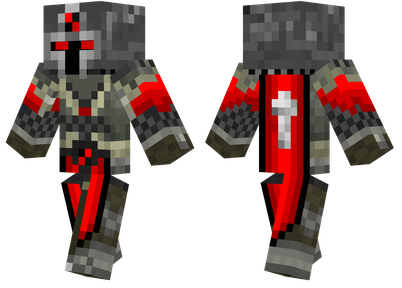This tutorial is set by the author to use the CC By-NC-SA protocol.
This series of tutorials aims to explain in detail the complete process of geological exploration-chemical subcontracting complete sets of production lines. This article will introduce the production process of chemical materials consumed by unknown minerals in geological exploration and related extension content.
Note: This tutorial depends on the various equipment in the chemical subcontracting of geological exploration.
Specific multi -square machine construction, please check the corresponding encyclopedia page.
This tutorial is based on the chemical subcontracting MOD version: 3.46, Minecraft version: 1.12.2 as the reference standard.
Because some chemical materials are added to the new version, the production line mentioned in this tutorial is not complete. It is recommended to reference only!
In the unique mineral processing system, the only thing that does not appear is high -temperature treatment. Correspondingly, players need to establish a variety of complex chemical material production lines to support mineral treatment.The most important chemical materials are: sulfuric acid, hydrochloric acid, nitric acid, hydrofluoric acid, sodium hydroxide, sodium cyanide.
Unlike other MOD materials production, geological exploration chemical materials production systems are closely combined with each other products, and it is by no means that every material establishs a production line.Various by -products often do a little processing will become the main source of materials for other products, and even the "one -by -product recovery has more than two types of treatment, and each processing method is necessary".Therefore, this tutorial will disassemble the intricate chemical production lines into a number of sections to clear this group of wool spheres.
Note: The material with material is liquid
The larger one is the main product, and the smaller ones are various materials and intermediate products
White rounded rectangle is the material material and intermediate product
Gray gray gradient rectangle is the machine/multi -square structure of the processing formula
Oval is gas material and intermediate product
P3.1 Error but can summarize the chemical formula of this paragraph: NaCl+H2O = NaOH+CL and a hydrogen atom?
This paragraph will state use of water to produce sodium hydroxide and chlorine -containing compounds
In short, there are two types of products of the five products evaporating in MOD in this paragraph: saturated saline and raw salt blocks.Because of some translation problems, saturated saline is named at the time: low concentration salt water in the MOD species, and at other times, it is called saturated saline.
Irrigation saturated saline and water into the two fluid input tanks of the electrochemical CSTR and power the electrochemical CSTR will produce a sodium hydroxide solution.
The chlorine -containing compounds processed by the original salt block will be used to produce sodium hydrochloride and sodium cyanide.
Regarding evaporation grooves: Although the saturated saline and the original salt block are obtained through the evaporation slot, each product conflicts with each other. Do not be confused by Jei. You can check the pages of the evaporate tank.
P3.2 three kinds of acid
This paragraph will state the production method of sulfuric acid, hydrochloric acid, and hydrofluoric acid
Sulfuric acid needs to produce water and sulfur -containing compounds in the laboratory reactor. If the laboratory reactor is provided with a touch media, the output will be doubled without increasing consumption.Containing sulfur compounds is mainly derived from various coal or sulfur powder. By the way: Geological Exploration of Tobacco Coal added in the subcontracting of the ore. If it is used to make sulfur -containing compounds, it is more valuable than used for combustion.In addition to coal, coal plasma produces synthetic gas, and a small amount of sulfur -containing compounds will be recovered by treating toxic waste liquids. In addition to the production of sulfuric acid, sulfur compounds can only be used to make gunpowder.
The main use of sulfuric acid is used to produce hydrochloric acid and hydrofluoric acid, but the compounds are different. The production of sulfuric acid with P3.1 from P3.1 is different.The production of hydrofluoric acid requires a fluoride compound with granite as the raw material.In addition, sulfuric acid can also be used to directly convert mineral fragments into an osmotic fluid, but the output fluid yield for so is only a quarter of the leachate in the recycling groove as the output of by -products. It is not recommended.
With hydrochloric acid, sodium hydroxide and hydrofluoric acid, players' immersion and recycling slots can already start working.The starting work of these two machines means that the unknown minerals of the player can be processed as a variety of mineral fragments, so it is recommended that players prioritize the production line of P3.1, P3.2 and the first half of the mineral processing in P1.
In addition to the treatment of tail mines, hydrochloric acid can also be used to produce chlorine methane with methanol, and chloride methane can be used to produce silicone.Hot melting glue can be used to replace mucus balls for synthesis.
P3.3 ammonia molecular past
This paragraph will introduce three methods for production of ammonia
Method 0: Fixed bed reactor
The new version of the increase in the machine can be directly ammonia with hydrogen nitrogen, so there is no need to look at the large paragraph below (
Method 1: Gas synthesis (suitable for mass production)
Gas synthetic ammonia is the simplest and clearer of the three methods. Players only need to extract nitrogen from the air through a more tedious process, and then introduce the reactor with the synthetic gas.EssenceHowever, the output of this method is not high. It is recommended to expand the size of the production line when using this method.
Method 2: Coal target recycling (the best way to deal with coal tar
The by -product of the three processing methods is you, coal tar!
Coal coking oil comes from by -products using coal production synthetic gas. It has two methods of recycling as coal slurry. Although another method is simple, it will produce toxic waste liquid.And this method will not only produce toxic waste liquids, but also help the production of liquid ammonia: feed the coal tar, water, and cracking lime compounds to the laboratory reactor together.
When the coal tar is used to produce graphite to make graphite catalysts, but the demand for graphite catalyst is not much after all.It is necessary to produce a large amount of coal coking oil compound when using coal production to produce synthetic gas, so it is recommended that players are very recommended to use this method to assist in the production of liquid ammonia.
Method 3: Humry and coal ash recycling (more hydrochloric acid)
The by -products of the three methods of processing are also you, the coal ash!
Gyllaxic compounds come from by -products that are treated with synthetic gas as synthetic gas. In addition to the production of liquid ammonia, it can also be used to make refractory upgrades and bloodpill catalysts. The demand for these two things will not be very high, so production will not produceLiquid ammonia becomes the third purpose of charm and coal ash compounds.However, this production method needs to consume a lot of hydrochloric acid: 200MB of hydrochloric acid and a powder coal ash can only produce 50MB of liquid ammonia, while recycling 50MB of hydrochloric acid, which will also produce toxic waste.
50MB of liquid ammonia is equivalent to 100MB of sodium cyanide, which means that this method is equivalent to using 150MB hydrochloric acid to produce 100MB of sodium cyanide, which is not cost -effective.At the same time, increasing consumption of hydrochloric acid will also increase sulfuric acid consumption, that is, increase the consumption of coal resources. Therefore, if there is no sufficient coal supply, it is not recommended to use this method to produce liquid ammonia.
P3.4 The future of ammonia molecules
Liquid ammonia is a necessary material for sodium cyanide and nitric acid, while sodium cyanide and nitric acid are necessary materials for extracting metal element powder from mineral fragments.
Sodium cyanide needs to use liquid ammonia and P3.1 middle -class chloride -containing compounds.In addition to the need to produce nitric acid, it also needs oxygen.Oxygen and nitrogen use the GAN tower for low temperature distillation. It is worth mentioning that the low -temperature distillation tower can produce the gas and rare gases contained in each air at the same time.Affects the output of other gases and the consumption of cooling air.
Finally, nitrate can also be made into potassium nitrate with potassium carbonate, potassium nitrate, containing sulfur compounds, crushing charcoal can be put into the laboratory mixer to make gunpowder (potassium carbonate is also made of crushing charcoal).


